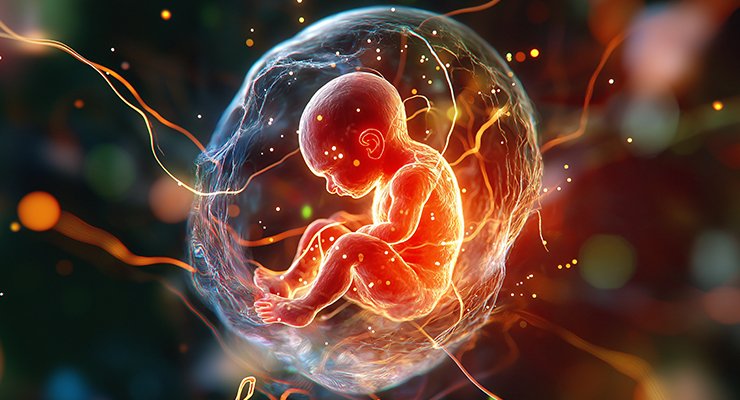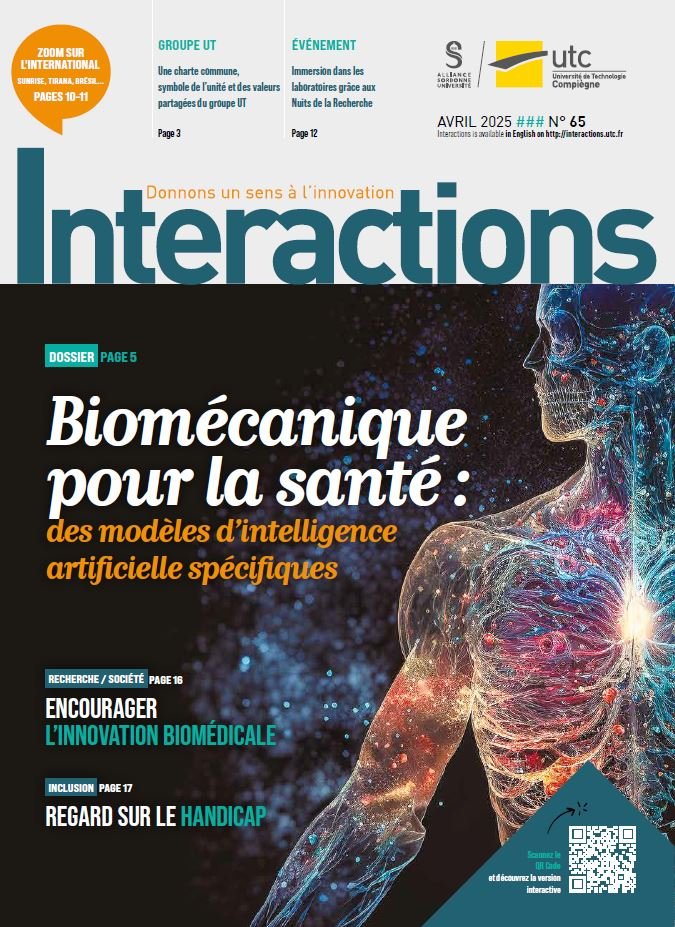3 questions to PR Laurent Salomon, obstetric gynaecologist at the maternity unit of the hôpital Necker-Enfants malades in Paris (specialized in sick children)

Have we discovered everything there is to know about fœtal medicine and surgery?
Fœtal medicine and surgery are constantly evolving. Although major advances have been made, we are still far from having discovered everything. One of the pillars of this development is medical imaging, which plays a key role in the detection and diagnosis of antenatal pathologies and serves as a support for possible interventions in utero. In the future, we can look forward to innovations combining artificial intelligence and advanced imaging to further refine diagnoses and optimise interventions. For example, machine learning algorithms are already helping to improve image quality and the detection of structural and functional anomalies in prenatal imaging. In addition, the integration of augmented reality and 3D modelling from MRI and ultrasound scans could give both parents and doctors a better view of fœtal organs and certain anomalies.
How do you feel about events between biomedical engineering professionals and students, such as we see at the UTC biomedical meetings?
These events are essential for building bridges between academic research, technological innovation and medical practice. They give biomedical engineering students the opportunity to talk directly to professionals in the sector, to gain a better understanding of the practical challenges in the field and to gear up their work to the real needs of clinicians. For our part, as researchers and practitioners, these meetings give us the opportunity to discover the new generations of engineers who are coming up with innovative solutions. The UTC Biomedical meeting is a perfect illustration of this synergy, promoting a multidisciplinary approach where medicine and technology move forward together.
What’s the most beautiful thing about your profession?
The most fascinating thing about our field is the possibility of transforming the lives of families and patients, sometimes as early as their intra-uterine development. Seeing a child born and developing in good health thanks to screening, with a diagnosis and sometimes an intervention carried out while they were still in utero is an incredible and deeply motivating experience. The link between technology and the human being is inseparable in modern medicine. Technological innovation may enable us to go ever further in providing care, but it must never replace the human dimension of the patient-caregiver relationship. The aim is to use technology as a lever in the service of life but not as an end in itself. The balance between these two dimensions is fundamental: it is by putting people at the heart of innovation that we will succeed in developing medicine that is ever more ethical, precise and accessible!
KD




